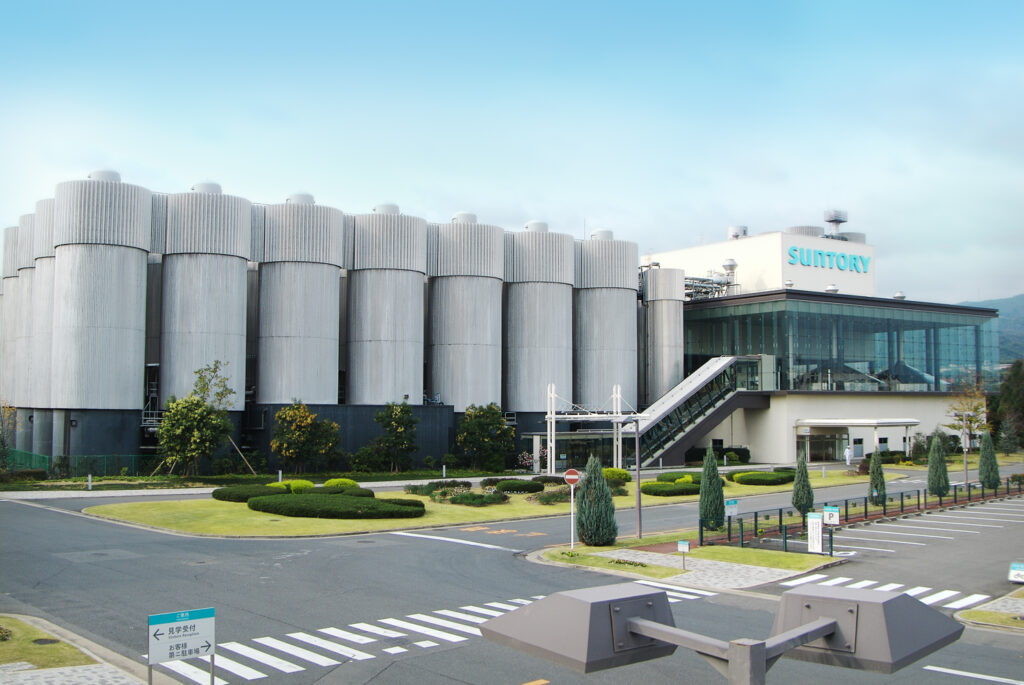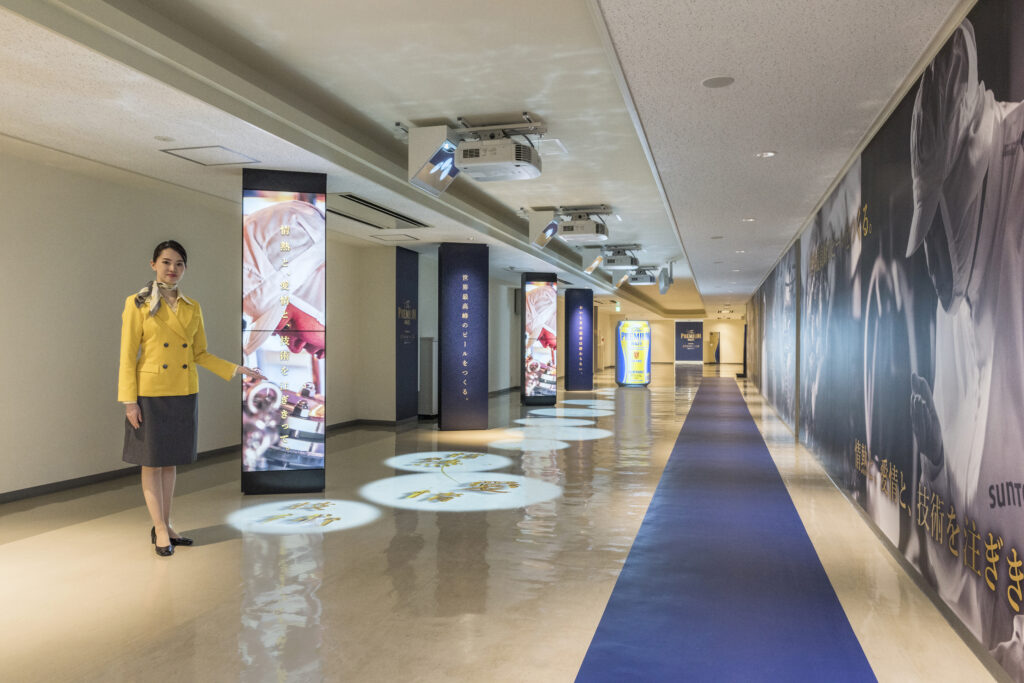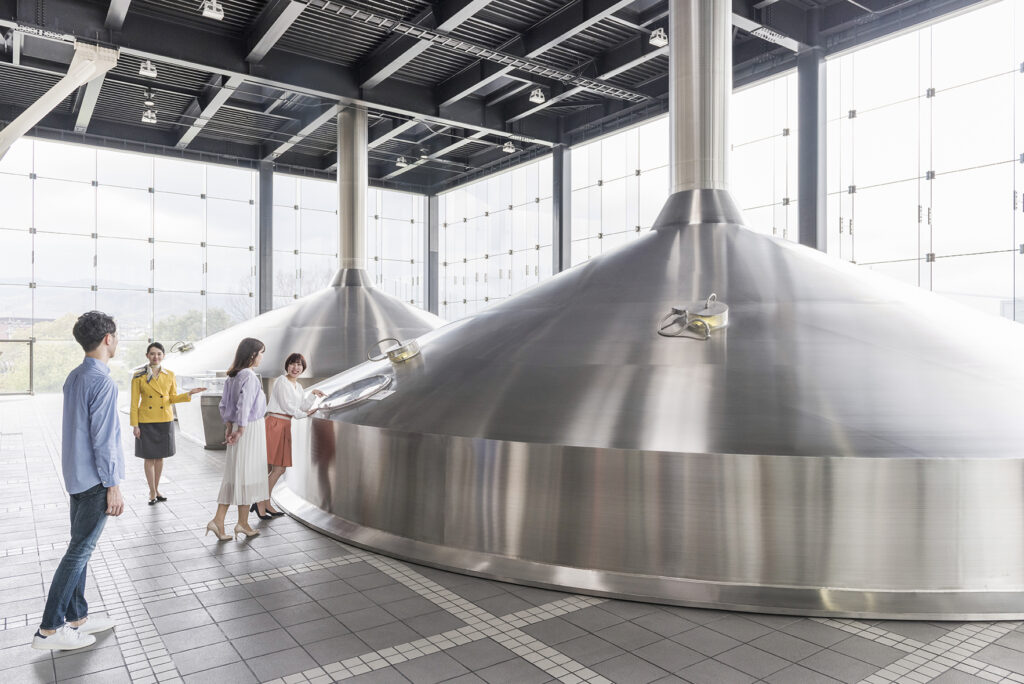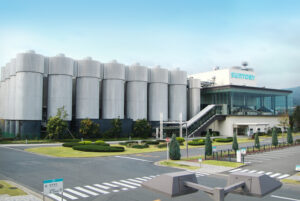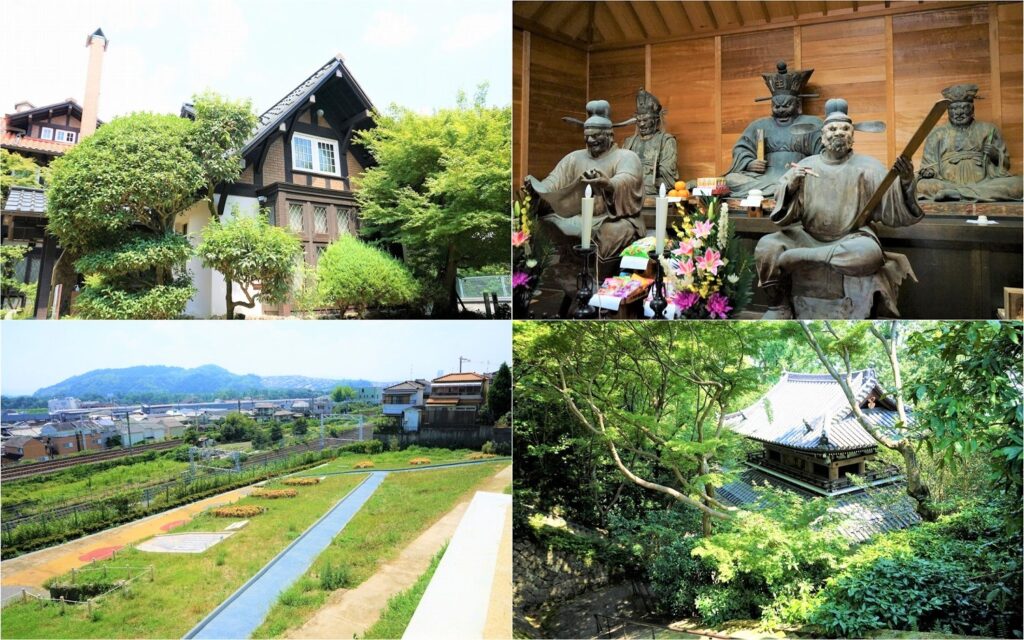6. Yanagidani Kannon Yokokuji Temple
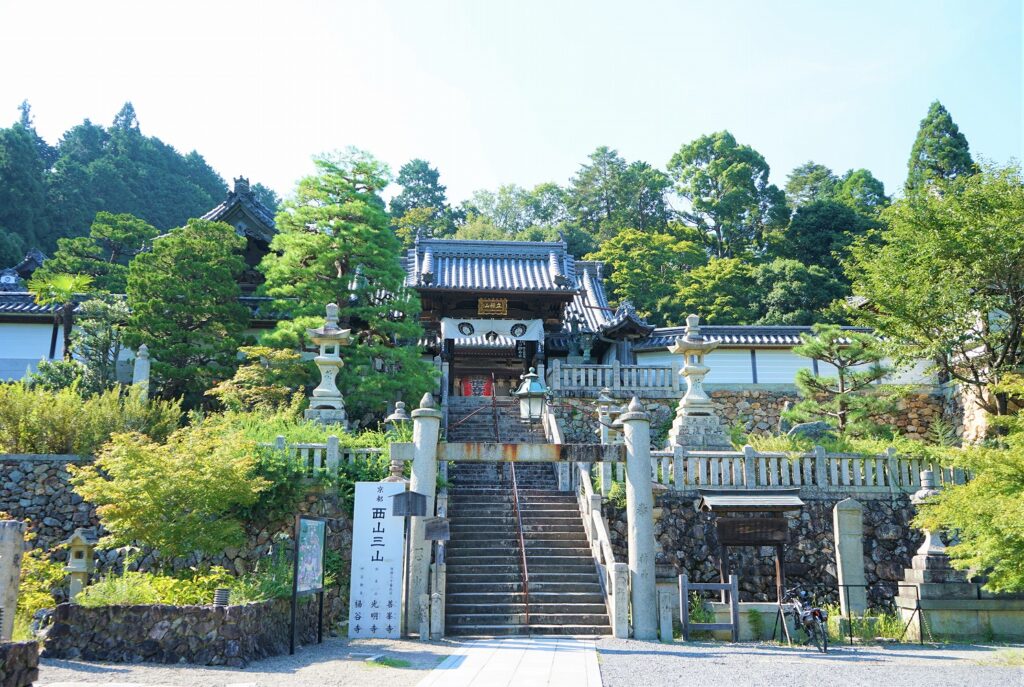
Yokokuji Temple, founded in 806, enshrines a sacred statue of the Eleven-Faced Kannon Boddhisatva. It has gathered a large following since its establishment in 806, reputed to be a place where those with eye ailments pray for healing.
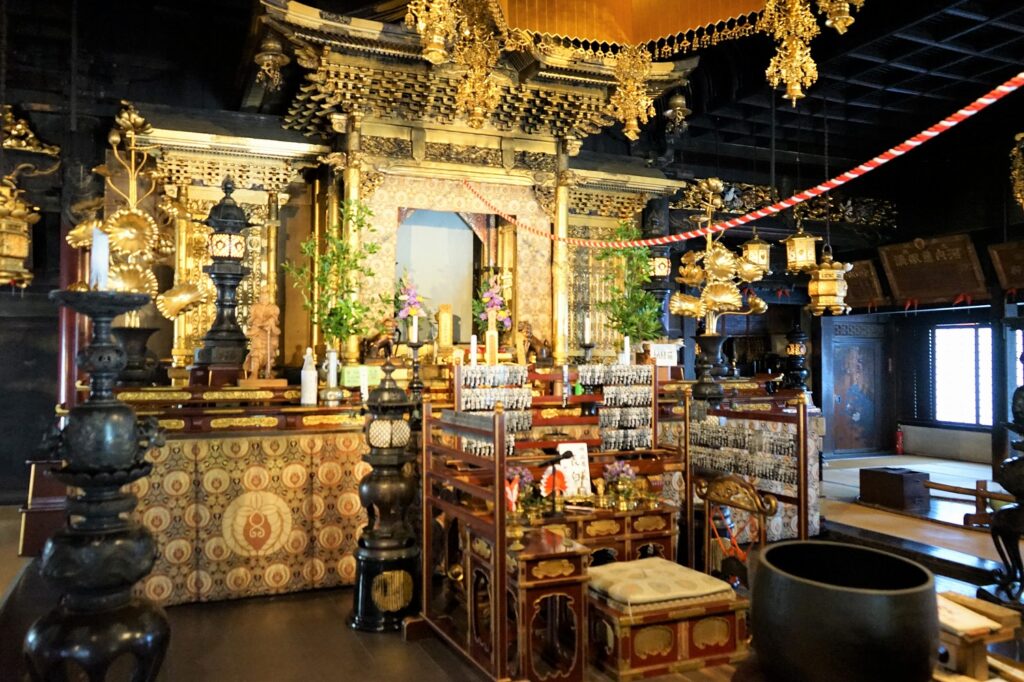
Every month on the 17th, the statue of Kannon Bodhisatva is revealed to the public. During your visit, stop for a minute before the altar in the main hall to pay your respects. The altar itself is a magnificent example of Buddhist iconography.

“Opening the eyes of one’s heart” is one of the central themes at Yokokuji. The temple has an ancient garden where nature and Buddhist imagery combine to create a scene of rare beauty. It only takes one look at this garden to feel the all-encompassing power of nature.
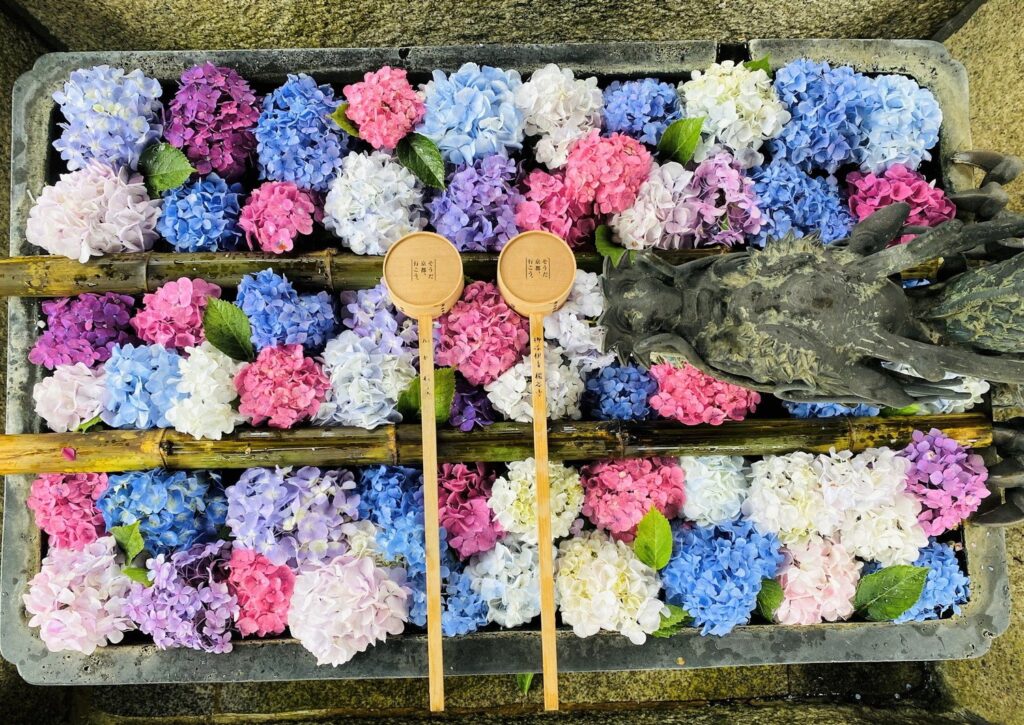
Yokokuji is known throughout Japan as a flower temple, where beautiful blooms can be viewed in every season. From cherry blossoms in spring to hydrangeas in July, you’re sure to find stunning blooms. In November, visitors can view fall foliage. It has also been gathering much attention for the unique flower arrangements in its purification fountain. This is another way Yokokuji strives to open people’s hearts through visual stimuli.
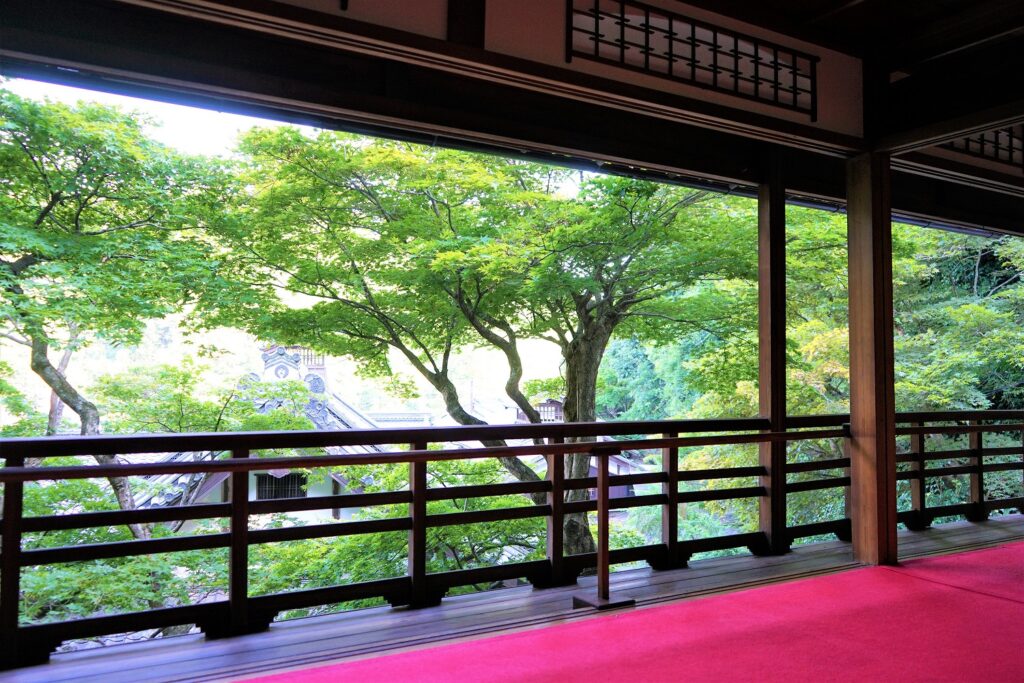
There are several buildings on the temple grounds, connected by passageways, staircases, and alleys. The Kamishoin houses a tea ceremony room with a wonderful view of the main hall and the garden. In the summer, visitors can see the vibrant greenery, and in the fall, the gorgeous red hue of the leaves. A 500-yen admission fee is required to visit the Kamishoin.
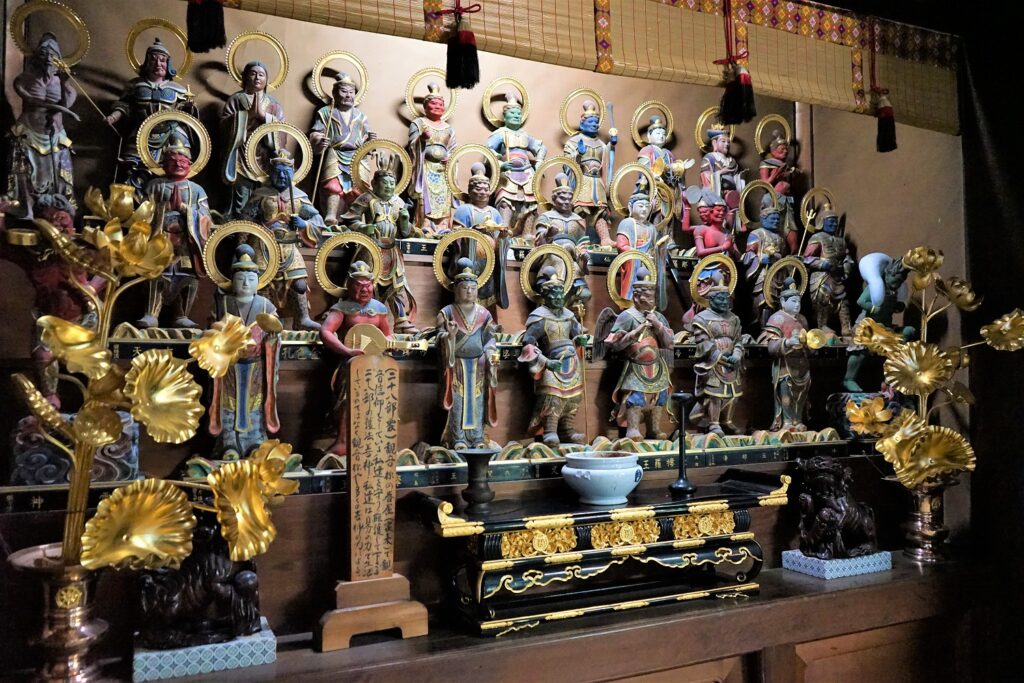
There is still more to discover if you climb to the Okunoin, a prayer hall located uphill. This building houses treasures of Buddhist iconography.
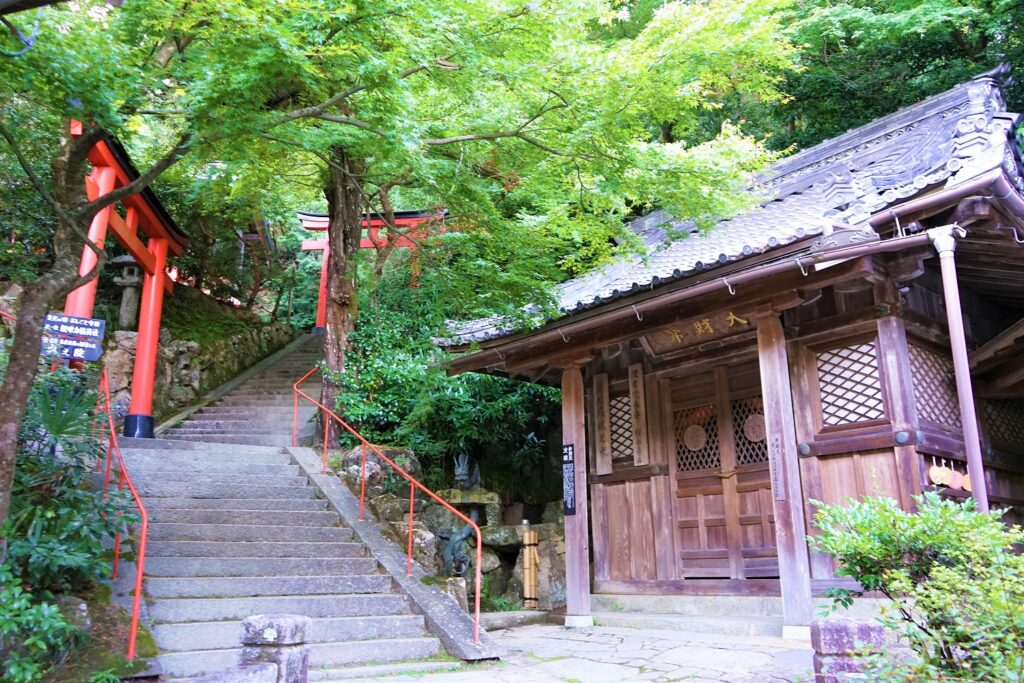
Yokokuji is one of the rare temples where traces of Buddhism-Shinto syncretism can be observed. Japan has treasured the worldview and deities of both Buddhism and Shinto for centuries: the two have melded into a single belief system, and it was natural to find shrines on temple grounds at one point. However, the separation of Buddhist and Shinto practices was implemented through a government mandate in 1868. Since then, temples with shrines on their grounds have become rare.
Walking through the vermillion torii gates and past the small altars dedicated to Inari, the god of crops, and other deities in the Shinto pantheon, you’ll encounter the whole world of Japanese spirituality.
Yokokuji showcases the majestic beauty of nature in every season, which makes it a wonderful destination at any time of the year.
Yokokuji Temple can be reached by taxi in 10 minutes from Hankyu Nishiyama-Tennozan Station or in 15 minutes from JR Nagaokakyo Station.
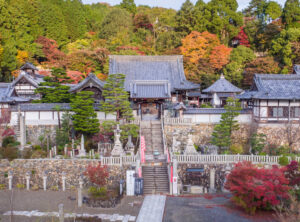
Yanagidani Kannon (Yokoku-ji Temple)
Yanagidani Kannon (Yokokuji Temple) is located in Nagaokakyo City, not far from Kyoto City and close to the famous Otokuni Bamboo Grove, where the main attraction is the eleven-faced, thousand-armed s …

